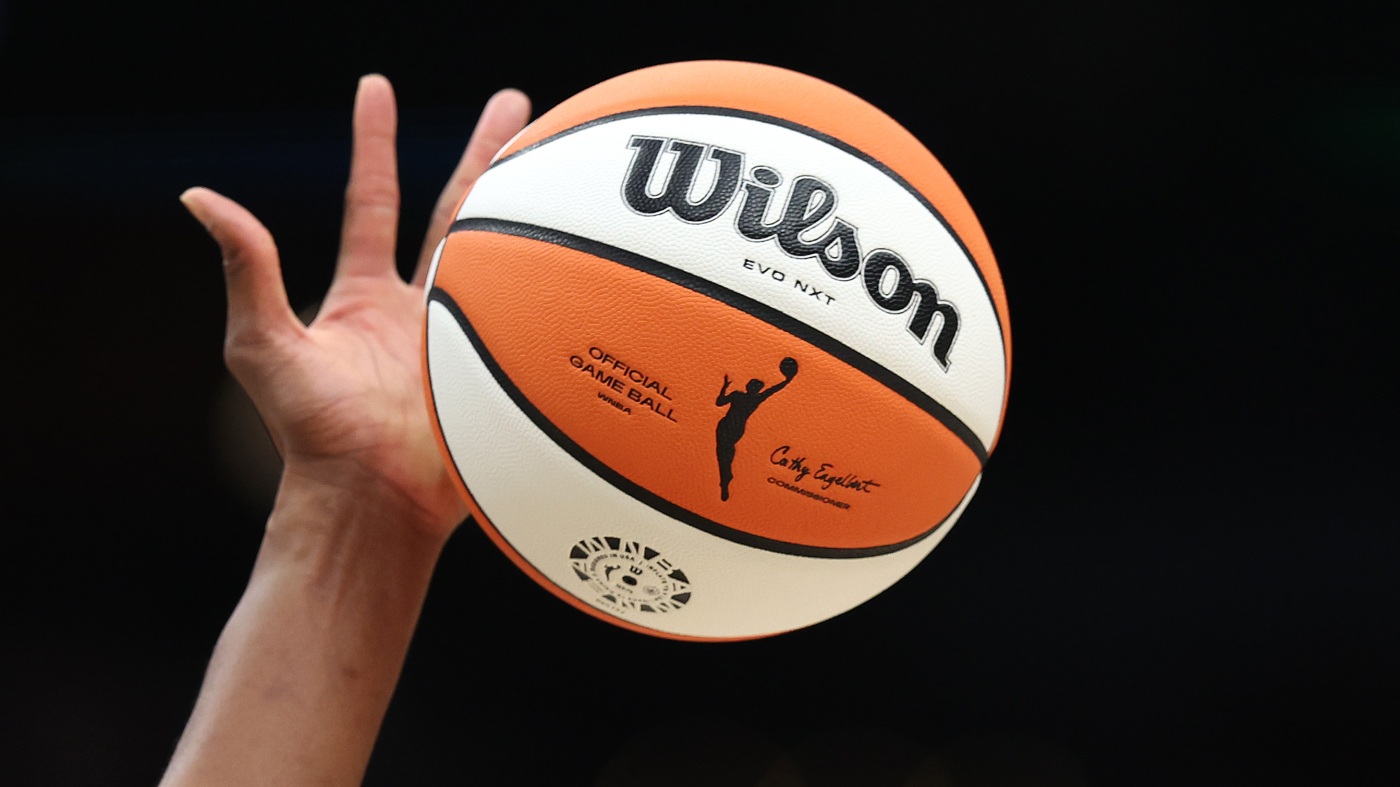The Women’s National Basketball Association (WNBA) is on the cusp of a transformative era, marked by an ambitious expansion plan that will see the league grow to 18 teams by 2030. This historic move, which includes the addition of three new franchises in Cleveland, Detroit, and Philadelphia, represents a significant milestone for women’s professional basketball. The expansion not only underscores the rising popularity and viability of the WNBA but also presents a unique opportunity to deepen the sport’s cultural and economic impact. The staggered rollout—with Cleveland joining in 2028, Detroit in 2029, and Philadelphia in 2030—reflects a strategic approach to managing growth while maximizing success in each new market.
The decision to expand the WNBA is rooted in a confluence of factors, including increasing fan engagement, improved media coverage, and stronger financial backing. Since its inception in 1997, the league has experienced fluctuations, including a peak of 16 teams in 2000 followed by contractions in the early 2000s. The current expansion signals a renewed confidence in the league’s sustainability and appeal. More teams mean more opportunities for athletes, coaches, and support staff, fostering a competitive environment that can attract and retain top talent. Additionally, the growth aligns with broader trends in women’s sports, where visibility and investment have been steadily increasing, driven by passionate fan bases and corporate sponsorships.
The selection of Cleveland, Detroit, and Philadelphia as expansion cities is a deliberate strategy to tap into established basketball markets with strong fan cultures. Cleveland, home to the NBA’s Cavaliers, boasts a deep-rooted basketball tradition and a loyal fan base. Introducing a WNBA team here could further diversify the city’s sports landscape and cultivate a new generation of supporters. Detroit, which has seen its NBA team relocate in recent years, presents an opportunity to revitalize local enthusiasm for professional basketball. The city’s vibrant sports community and growing interest in basketball make it an ideal candidate for expansion. Philadelphia, one of the largest metropolitan areas in the U.S., already has a thriving NBA presence with the 76ers. Adding a WNBA team here allows the league to leverage the city’s existing sports infrastructure and passionate fan base, enhancing visibility and commercial opportunities.
The phased approach to expansion—with teams launching in Cleveland, Detroit, and Philadelphia over three years—is designed to ensure a smooth and successful rollout. This timeline allows the WNBA to methodically address key aspects of each new franchise, including infrastructure planning, talent acquisition, and fan engagement. By staggering the launches, the league can focus on establishing strong foundations in each market, reducing the risks associated with rapid, simultaneous expansion. This strategy also enables the WNBA to build local awareness and excitement through grassroots campaigns, partnerships, and media outreach, ensuring that each new team has the support it needs to thrive.
The expansion to 18 teams will have far-reaching implications for the league and its players. A larger roster of teams creates a more balanced competitive landscape, offering increased opportunities for both emerging and veteran players. This growth also translates into more job creation, as new teams require players, coaches, trainers, and front-office staff. Broader regional representation can attract diverse demographics and grow viewership figures, further solidifying the WNBA’s place in the sports landscape. Additionally, new franchises bring with them the potential for increased sponsorship and revenue growth, as local and corporate partnerships are forged. For players, the expansion means more opportunities to compete at the highest professional level, further legitimizing women’s basketball as a sustainable career path.
However, the rapid expansion also presents challenges that must be addressed to ensure long-term success. One key concern is the risk of talent dilution, as quickly adding teams could temporarily impact the quality of play. Strengthening player development pipelines will be essential to maintaining high competition standards. Market saturation is another potential issue, as the league must ensure that new teams find their niche without cannibalizing existing fan bases or oversaturating the professional basketball market. Financial sustainability is also a critical factor, as launching franchises requires substantial capital investment. Teams must achieve financial viability through attendance, merchandising, media rights, and sponsorships. Operational logistics, including travel, scheduling, and league administration, will also require careful coordination to manage the complexities of expansion.
Beyond the immediate impact on the league, the WNBA’s expansion has broader cultural and societal implications. More teams and higher visibility mean increased role models for young girls and women aspiring to sports careers. This growth emphasizes that professional women’s basketball is not only viable but thriving, encouraging further investment and media coverage. Placing new teams in historically industrial and diverse cities like Cleveland, Detroit, and Philadelphia also highlights community inclusivity and offers new sources of civic pride. These franchises can serve as catalysts for social engagement programs, youth basketball initiatives, and local economic development, further enriching the cultural fabric of their respective cities.
In conclusion, the WNBA’s planned expansion to 18 teams by 2030, with franchises in Cleveland, Detroit, and Philadelphia, is a landmark development in professional women’s basketball. This strategic growth reflects the league’s increasing stature, rising demand for women’s sports, and commitment to market development. While challenges exist, the phased approach and careful selection of markets enhance the prospects for sustainable success. The expansion not only broadens opportunities for athletes but also enriches the cultural and economic landscape of basketball in these cities and across the nation. As these new teams take the court in the coming years, they will not only compete for championships but also continue to reshape the landscape of sports in America, sending a powerful message about the future of women’s basketball.

